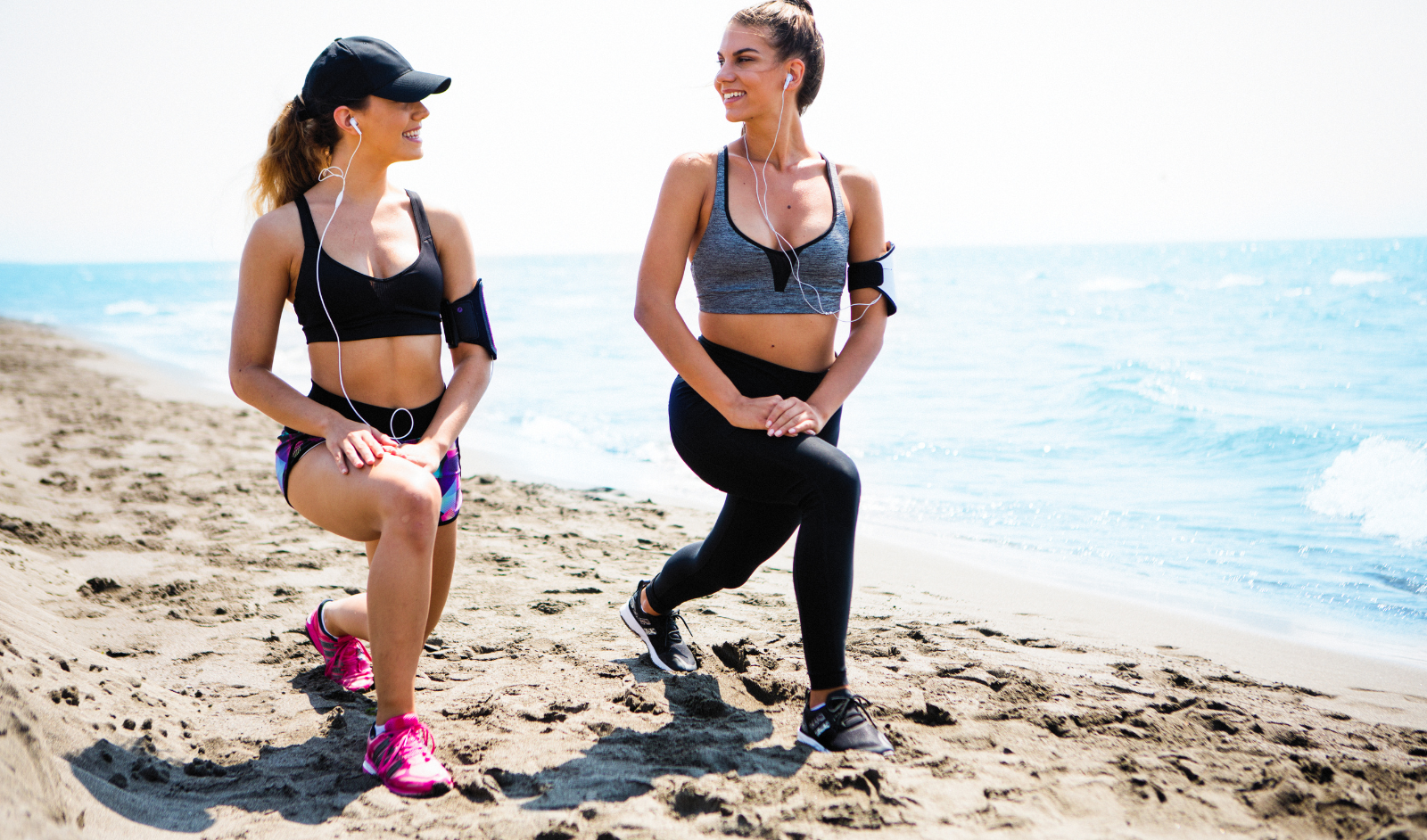Importance of Exercising in the Heat
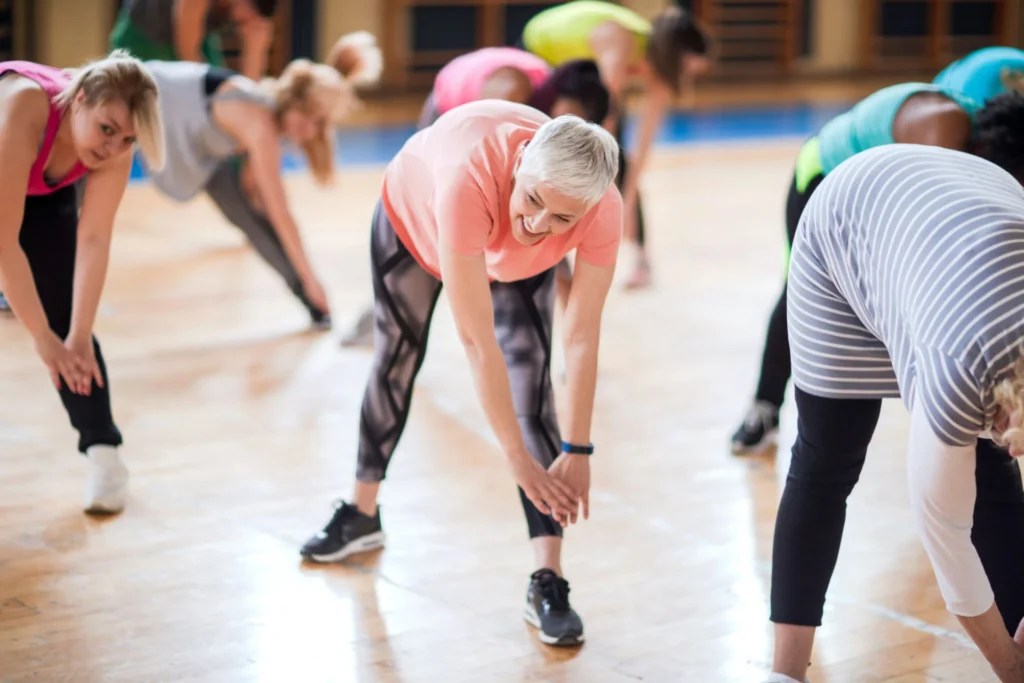
Exercising in the heat can be both challenging and rewarding. While it tests your endurance and resilience, it also offers a unique opportunity to adapt to tougher conditions, which can enhance overall fitness levels. Understanding how to safely exercise in the heat is crucial to maximizing these benefits while minimizing risks.
Potential Benefits and Risks

Exercising in hot weather can lead to improved cardiovascular health, enhanced heat tolerance, and increased calorie burn. However, it also poses significant risks such as dehydration, heat exhaustion, and heat stroke. Knowing how to balance these benefits and risks is key to maintaining a safe and effective exercise regimen.
Understanding Heat and Its Impact on the Body
How Heat Affects Physical Performance
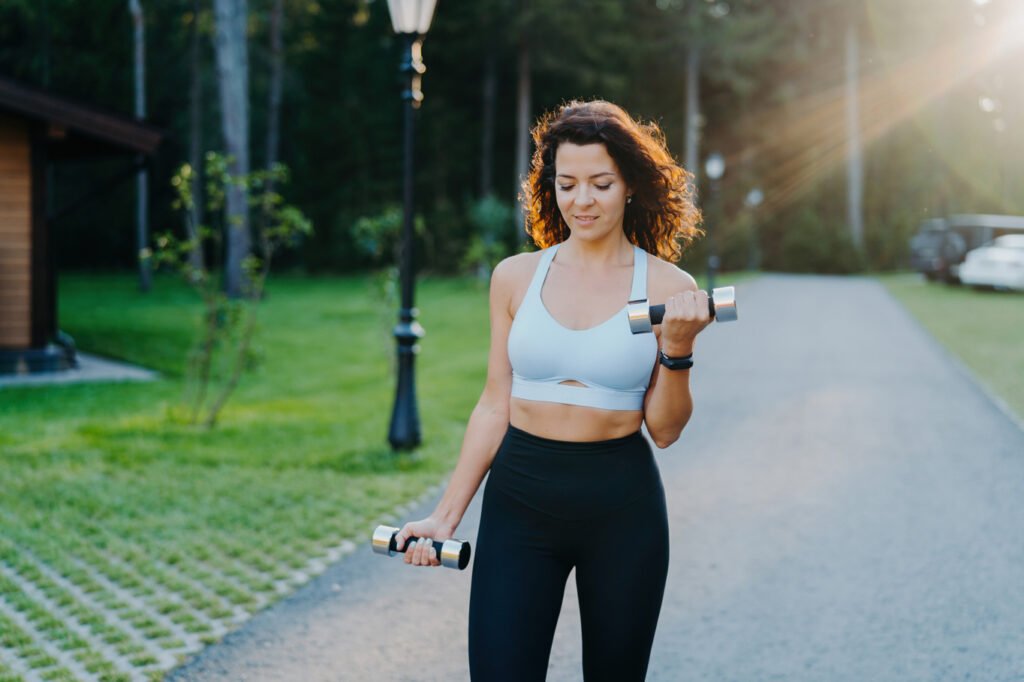
Heat can drastically alter your physical performance. As the body heats up, it works harder to maintain core temperature, which can lead to faster fatigue, decreased endurance, and diminished strength. Heart rate increases as the body attempts to pump more blood into the skin for cooling, which can strain the cardiovascular system.
Physiological Responses to Heat
When exercising in hot conditions, the body initiates several physiological responses, including sweating, increased blood flow to the skin, and elevated heart rate. These mechanisms help to dissipate heat but can also lead to dehydration and electrolyte imbalance if not managed properly.
Preparation Before Exercising in the Heat
Hydration Strategies

Staying hydrated is paramount when exercising in the heat. Drink plenty of water before, during, and after your workout. Incorporate electrolyte-rich beverages if you’re engaged in prolonged activities, as they help replenish sodium and potassium lost through sweat.
Appropriate Clothing and Gear
Wearing light, breathable clothing is essential. Opt for moisture-wicking fabrics that allow for sweat evaporation and keep your body cool. Additionally, consider wearing a hat and applying sunscreen to protect against sunburn and further heat absorption.
Importance of Acclimatization
Gradually increasing exposure to hot conditions allows your body to adapt more efficiently. Start with shorter, less intense sessions, gradually increasing the duration and intensity throughout one to two weeks.
Types of Exercises Suitable for Hot Weather
Outdoor vs. Indoor Exercises
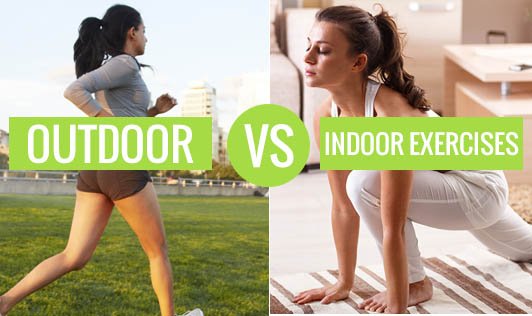
Outdoor exercises such as running, cycling, and hiking offer the benefit of fresh air and natural scenery. However, they should be done early in the morning or late in the evening to avoid peak temperatures. Indoor exercises in air-conditioned environments, like gym workouts or swimming, provide a safer alternative during extreme heat.
Low-Impact vs. High-Intensity Workouts
Low-impact activities like yoga, walking, and swimming are excellent choices for hot weather as they exert less strain on the body and help maintain a manageable core temperature. High-intensity workouts, such as sprinting or weightlifting, should be cautiously approached and limited to shorter durations to prevent overheating.
Symptoms of Heat-Related Illnesses
Heat Exhaustion
Symptoms of heat exhaustion include heavy sweating, weakness, dizziness, headache, nausea, and muscle cramps. It’s critical to move to a cooler environment, hydrate, and rest at the first signs of heat exhaustion to prevent progression to heat stroke.
Heat Stroke
Heat stroke is a severe condition characterized by a body temperature above 104°F (40°C), confusion, rapid heartbeat, and loss of consciousness. Immediate medical attention is required, as heat stroke can be life-threatening.
Dehydration
Dehydration occurs when the body loses more fluid than it takes in, leading to symptoms like dry mouth, intense thirst, dark urine, and fatigue. It’s essential to drink fluids regularly to prevent dehydration, especially when active in the heat.
Causes and Risk Factors of Heat-Related Issues
Environmental Factors

High temperatures, high humidity, and direct sun exposure significantly increase the risk of heat-related illnesses. Urban areas with concrete and asphalt can exacerbate the effects due to the heat island effect.
Personal Health Factors
Individuals with chronic conditions, such as heart disease or diabetes, are at higher risk of heat-related illnesses. Age is also a factor, with older adults and young children being more susceptible due to their body’s reduced ability to regulate temperature.
Diagnostic Tools for Heat-Related Conditions
Recognizing Early Signs
Early recognition of heat-related symptoms is crucial. Symptoms like excessive sweating, fatigue, and heat cramps indicate the onset of heat stress. Monitoring these signs can help in taking timely action to prevent severe conditions.
Utilizing Wearable Tech
Wearable technology, such as fitness trackers and smartwatches, can monitor vital signs like heart rate and body temperature, providing real-time data to help manage heat exposure and prevent overheating.
Effective Treatments for Heat-Related Conditions
Immediate First Aid
First aid for heat-related conditions includes moving the person to a cooler place, providing hydration, and using cool clothes or a fan to lower body temperature. In severe cases, seek immediate medical assistance.
Long-Term Recovery Strategies
Recovery from heat-related illnesses involves rest, continued hydration, and a gradual reintroduction to heat exposure. It’s important to avoid strenuous activities until fully recovered and to maintain adequate hydration and nutrition.
Preventive Measures to Avoid Heat-Related Illnesses
Scheduling Workouts
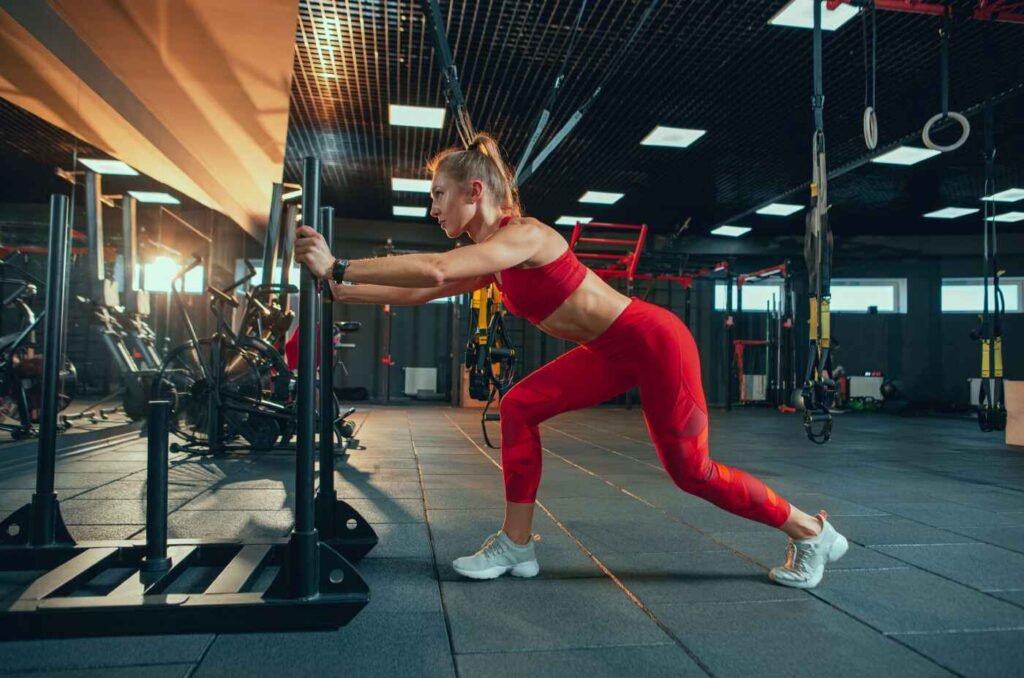
Plan workouts during the cooler parts of the day, such as early morning or late evening. Avoid strenuous activities during peak heat hours between 10 a.m. and 4 p.m.
Monitoring Weather Conditions
Stay informed about the weather forecast and heat advisories. Adjust your exercise plans based on temperature and humidity levels to minimize risk.
Personal Stories of Exercising in the Heat
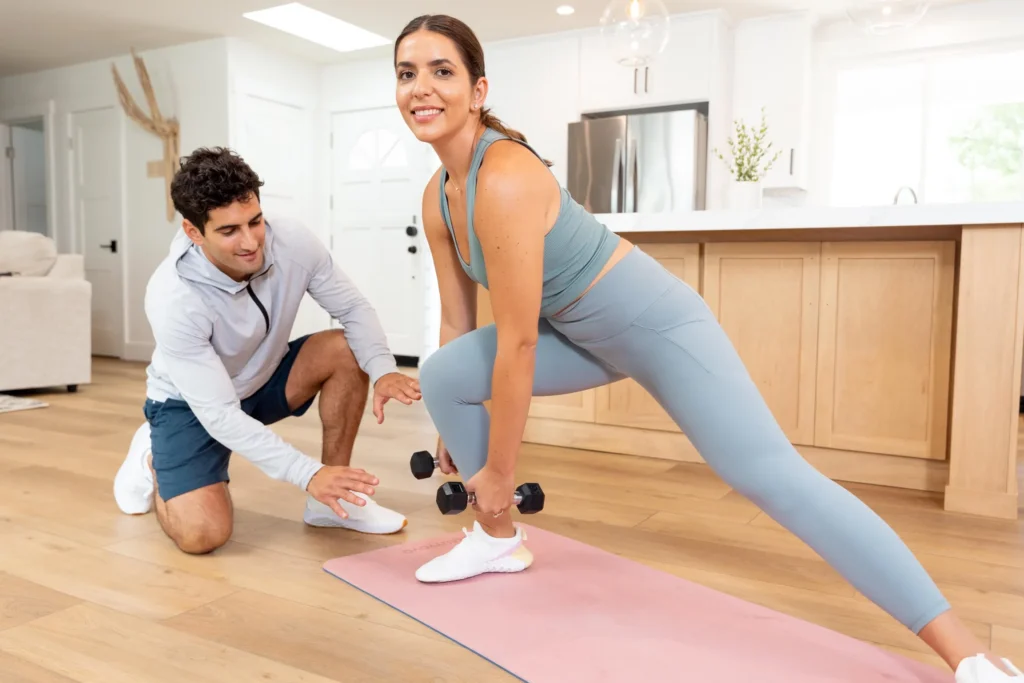
Case Study 1: Marathon Training
John, a seasoned runner, shares his experience training for a marathon during a heatwave. He highlights the importance of hydration, acclimatization, and listening to his body to avoid heat-related complications.
Case Study 2: Hiking in Summer
Emily recounts her summer hiking adventure, emphasizing proper preparation, including carrying sufficient water, wearing appropriate clothing, and taking frequent breaks to cool down.
Expert Insights on Exercising in the Heat
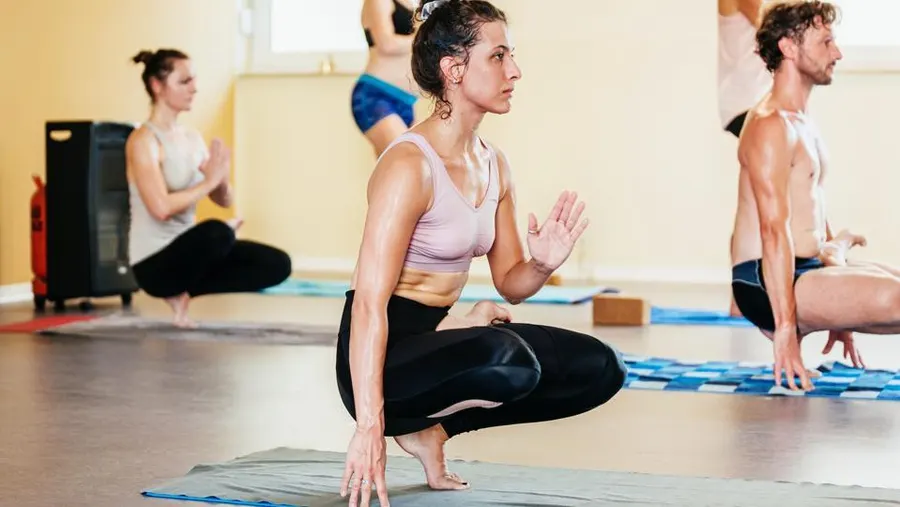
Quotes from Health Professionals
Dr. Sarah Thompson, a sports medicine specialist, advises, “Understanding your limits and staying hydrated is critical. Always pay attention to your body’s signals to prevent heat-related issues.”
Advice from Fitness Trainers
Fitness trainer Mark Davis suggests, “Incorporate rest days and light activities to allow your body to adapt to the heat. Avoid pushing too hard and prioritize safety over performance.”
Conclusion
Exercising in the heat requires careful preparation and awareness of the risks involved. By staying hydrated, wearing appropriate gear, and gradually acclimatizing to the heat, you can safely enjoy outdoor activities and reap the benefits of exercising in warm conditions.
Stay motivated and listen to your body. With the right approach, you can maintain your fitness routine even in hot weather, ensuring a healthy and enjoyable workout experience.
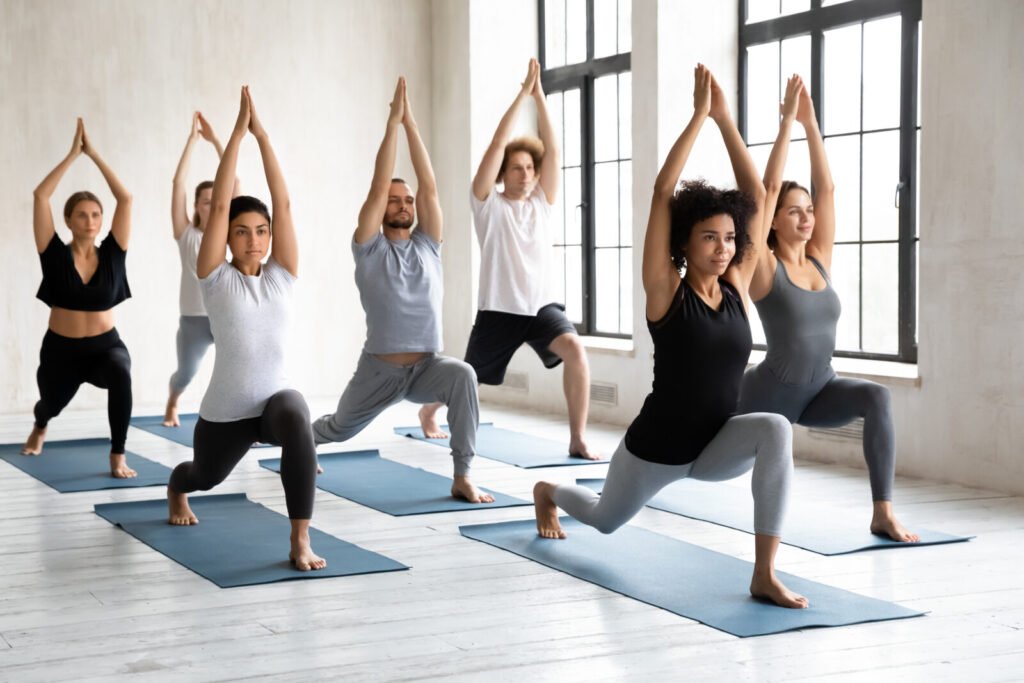
Frequently Asked Questions
When exercising in hot weather, it’s important to stay hydrated, wear light and breathable clothing, use sunscreen, and avoid exercising during peak sun hours (usually 10 a.m. to 4 p.m.). Additionally, listen to your body and take breaks if you feel dizzy, fatigued, or nauseous.
To stay hydrated, drink water before, during, and after your workout. For longer workouts, consider drinks that contain electrolytes to replenish lost minerals. Aim to drink at least 8 ounces of water every 20 minutes during exercise, and more if you feel thirsty or are sweating heavily.
Signs of heat exhaustion include heavy sweating, weakness, dizziness, headache, nausea, and muscle cramps. Heat stroke is more severe and can include symptoms such as a high body temperature (above 103°F), confusion, rapid pulse, and loss of consciousness. If you or someone else shows signs of heat stroke, seek medical attention immediately.
Yes, some exercises are safer than others in hot weather. Low-intensity activities such as walking, yoga, and swimming are generally safer than high-intensity workouts. Water-based exercises like swimming can help keep your body cool while still providing a good workout.
Adjust your workout routine by lowering the intensity and duration of your exercises. Gradually acclimate your body to the heat by starting with shorter sessions and increasing time as you get used to the conditions. Consider working out early in the morning or later in the evening when temperatures are cooler, and always plan to cool down quickly if you start to overheat.

